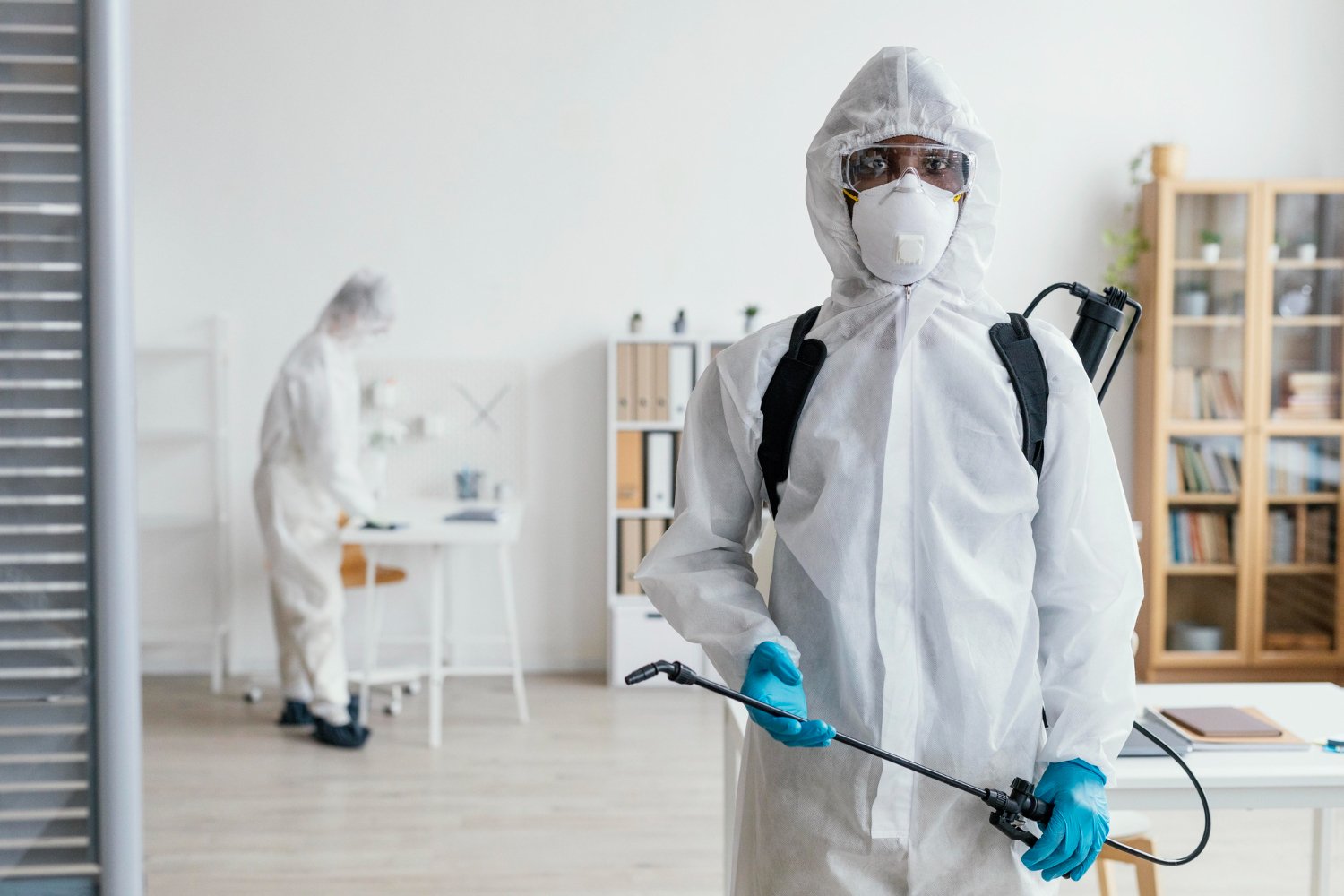Checking Out Infestation and Therapy Methods worldwide of Parasite Control
The landscape of parasite control includes a myriad of difficulties, specifically as infestations of common household insects continue to progress. By incorporating preventive procedures with advanced monitoring strategies, such as Integrated Pest Management (IPM), house owners can better safeguard their atmospheres.

Usual Household Pests
When it concerns managing our living areas, recognizing usual house parasites is essential. These insects not only disrupt our comfort however can additionally posture wellness threats and damages building. One of the most widespread house pests include ants, cockroaches, rodents, termites, and bed bugs.
Ants, typically seen foraging in kitchen areas, can pollute food and establish large colonies. Roaches, recognized for their durability, can activate allergies and spread pathogens. Rodents, consisting of computer mice and rats, can trigger structural damages and bring illness like hantavirus and salmonella. Termites, frequently referred to as "quiet destroyers," can endanger the stability of wooden frameworks, bring about costly repairs. Bed bugs, although not condition providers, can cause significant pain with their bites and lead to emotional distress.
Acknowledging the signs of these bugs, such as droppings, nests, or attack marks, is important for early intervention (Pest Control Lockhart). Appropriate hygiene methods, securing access factors, and keeping a clutter-free atmosphere work preventative measures. By determining these usual house pests and understanding their habits, homeowners can take positive actions to mitigate problems, making certain a much healthier living environment
Comprehending Insect Infestations
Insect problems can escalate rapidly, turning a minor nuisance right into a substantial trouble if not addressed promptly. Common aspects adding to problems consist of inadequate hygiene, architectural susceptabilities, and seasonal adjustments that drive parasites inside your home.
Determining the kind of bug is necessary, as various varieties display different habits and reproductive rates. For circumstances, rats might establish nests in covert areas while insects like cockroaches thrive in wet settings. Early detection typically pivots on acknowledging signs such as droppings, gnaw marks, or uncommon noises, which can suggest a problem prior to it ends up being serious.
Cozy, damp environments can help with the fast growth of bug populations, while modifications in landscape design or building can accidentally create conducive atmospheres. An informed technique to understanding these dynamics lays the foundation for reliable insect monitoring strategies in the future.
Treatment Techniques and Methods
Reliable treatment methods and methods are essential for reducing bug problems and recovering a risk-free setting. A complex strategy is frequently best, including chemical, biological, and mechanical techniques tailored to the certain parasite and the extent of the infestation.
Chemical treatments include using pesticides and herbicides, which can properly remove bugs. Appropriate application and adherence to safety guidelines are important to lessen dangers to people and non-target organisms. Integrated Insect Management (IPM) encourages the judicious use chemicals as a last hope, relying instead on surveillance and limit degrees to figure out intervention needs.
Biological control approaches include introducing all-natural predators or parasites to minimize insect populations. This strategy is progressively preferred, specifically in farming settings, as it advertises environmental view it now sustainability.
Mechanical approaches, such as traps and obstacles, supply immediate alleviation from pests without presenting chemicals. Choices consist of sticky traps for pests or physical barriers for rats.
Ultimately, the selection of treatment approach must think about the specific bug, the environment, and prospective effect on human health and wellness and ecosystems. A balanced mix of these techniques can properly handle problems while promoting long-lasting parasite control services.
Safety Nets for House
Proactively resolving bug problems prior to they escalate is important read this for preserving a healthy and balanced home environment (Pest Control Lockhart). Executing reliable preventive steps can dramatically lower the probability of problems, eventually safeguarding both your residential property and health

Correct landscape design additionally plays an essential duty in avoidance. Maintaining shrubs and trees trimmed away from your home reduces the opportunities of insects locating their way inside your home. Furthermore, make certain that drainage systems are operating successfully to prevent standing water, which can discover here reel in mosquitoes and other pests.
Last but not least, regular evaluations are recommended. Routinely looking for indicators of bug activity enables early intervention. By adopting these safety nets, home owners can produce an environment that is much less welcoming to insects, thus enhancing their overall quality of life and reducing the requirement for considerable parasite control treatments.
Commercial Pest Control Approaches
A detailed approach to business insect control is essential for services aiming to preserve a safe and sanitary environment. Reliable techniques entail a combination of routine inspections, worker training, and the implementation of Integrated Bug Monitoring (IPM) practices.
Routine inspections allow very early detection of insect task, permitting timely treatment. Businesses must develop a routine schedule for these analyses, concentrating on high-risk areas such as cooking areas, storeroom, and garbage disposal websites. Staff member training is equally important; team should be educated on the indications of parasite problems and the importance of reporting them promptly.
Applying IPM practices aids mitigate parasite concerns sustainably. This consists of habitat modification, such as securing access factors and minimizing mess, in addition to using natural deterrents before resorting to chemical treatments.

Furthermore, teaming up with a licensed pest control copyright ensures access to professional understanding and innovative treatment options. This partnership can result in personalized parasite control intends tailored to the certain needs of the organization, minimizing dangers and enhancing overall effectiveness. Ultimately, a proactive and enlightened technique cultivates a pest-free setting, securing both public health and organization credibility.
Conclusion
To conclude, efficient pest control demands a detailed understanding of typical household pests and their behaviors, coupled with targeted treatment techniques. Carrying out safety nets alongside therapy strategies such as Integrated Insect Monitoring and organic control improves the capability to reduce invasions. Regular evaluations and a mix of chemical and mechanical solutions even more contribute to maintaining pest-free settings. Eventually, an all-round approach to pest administration is essential for safeguarding living spaces from undesirable intruders.